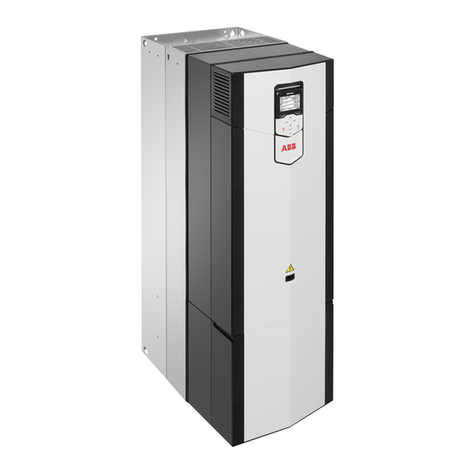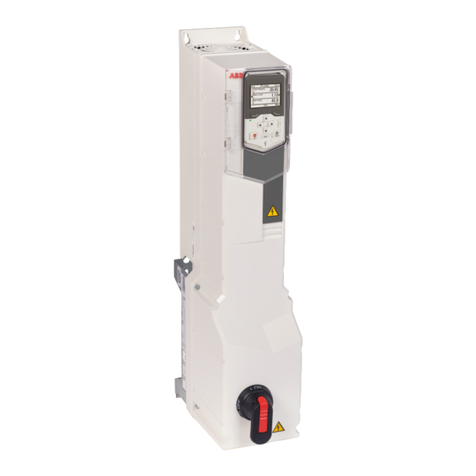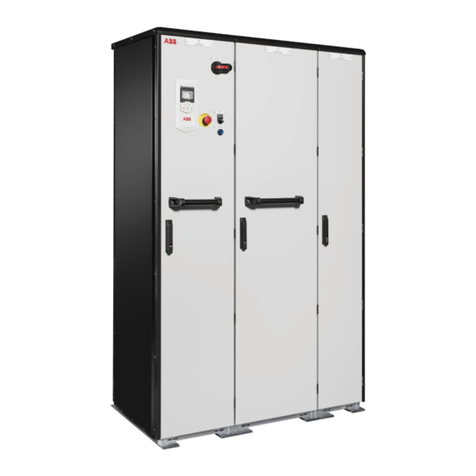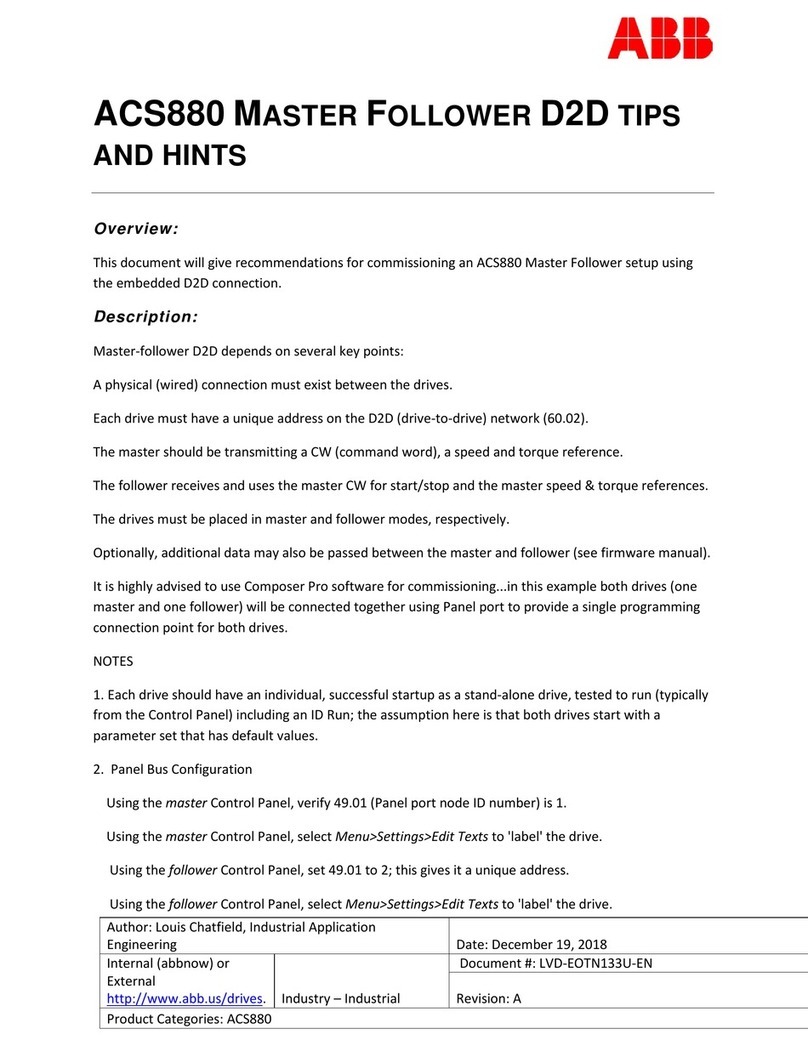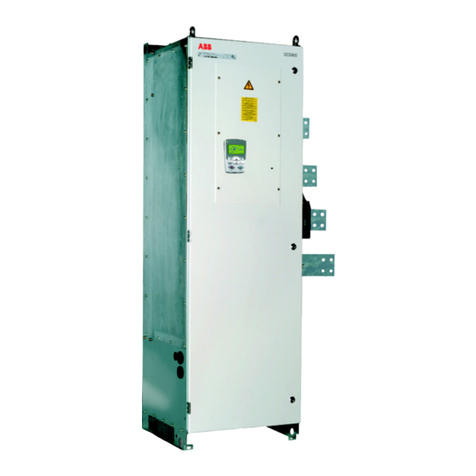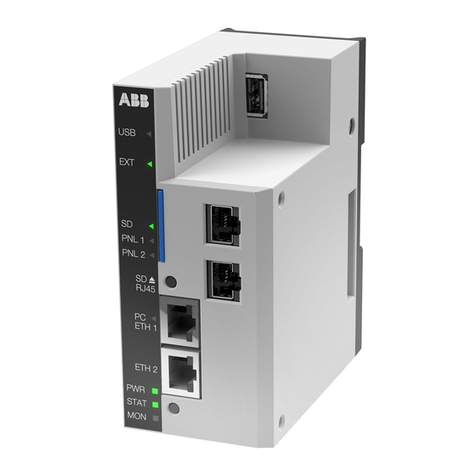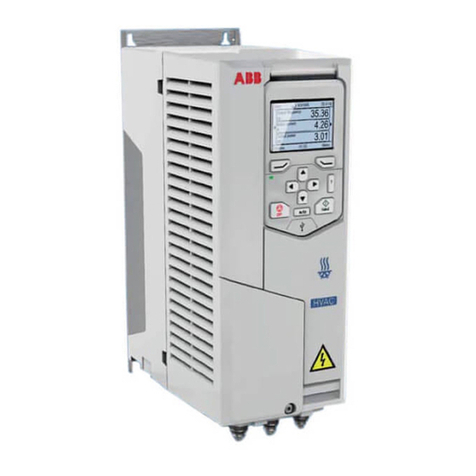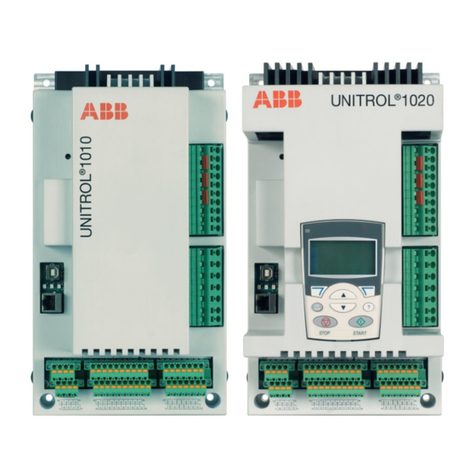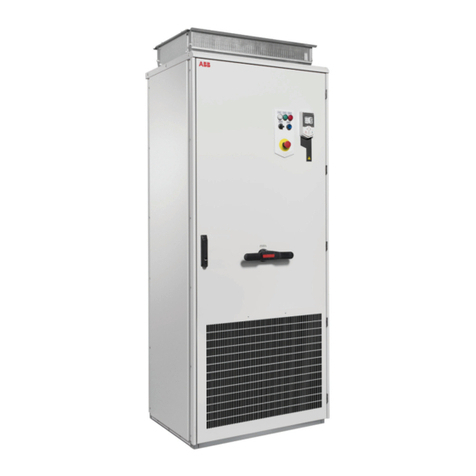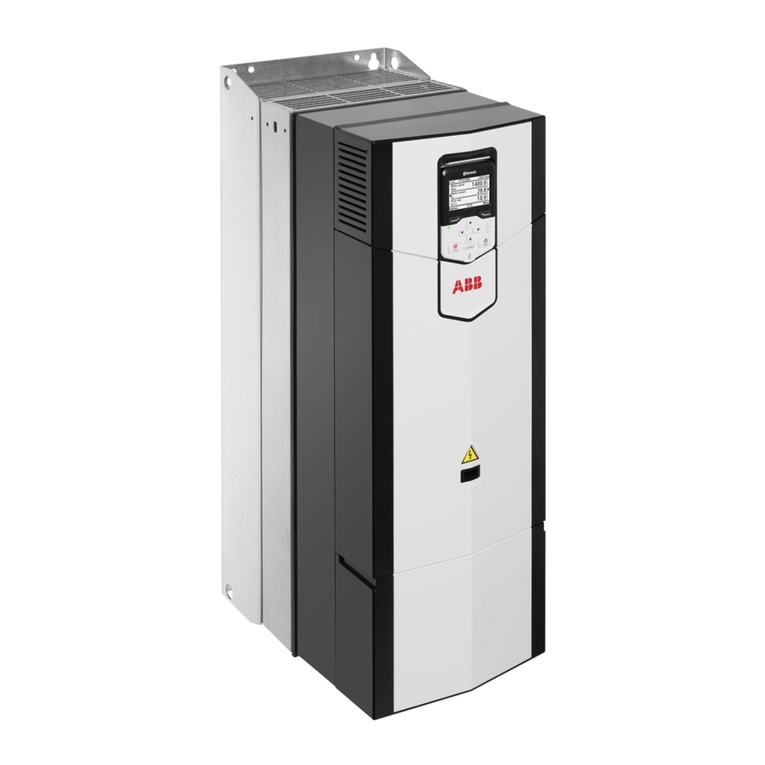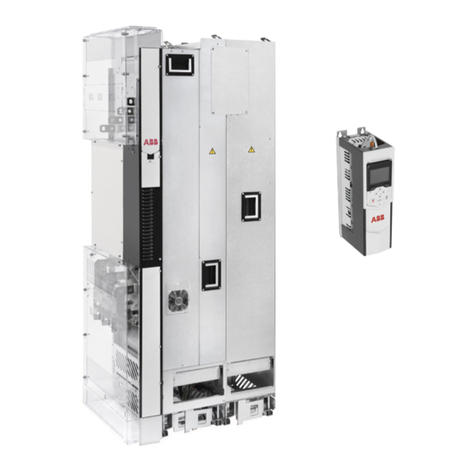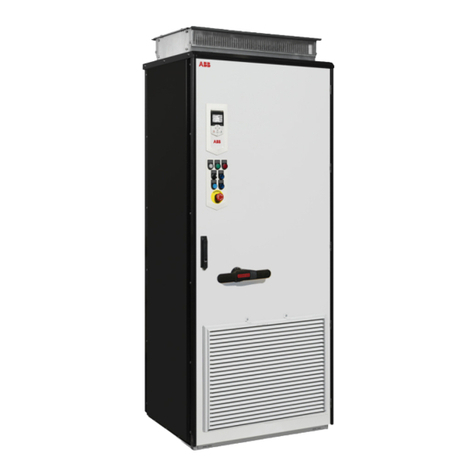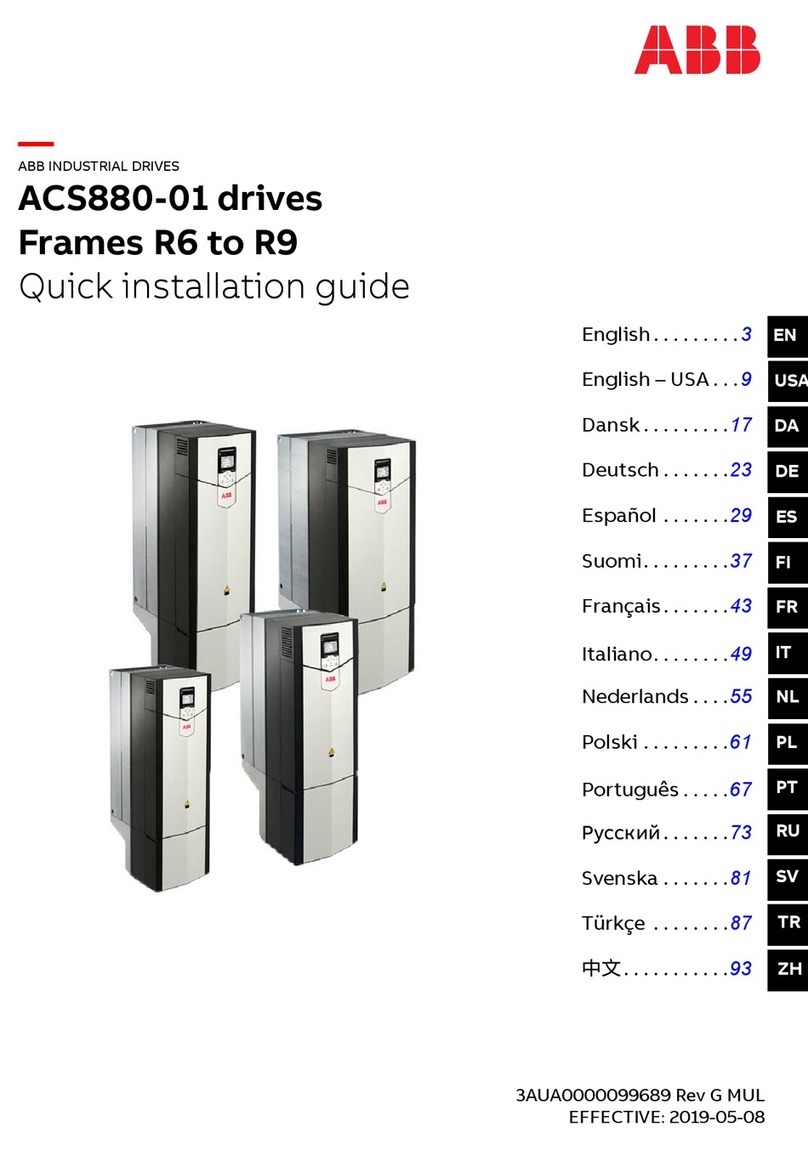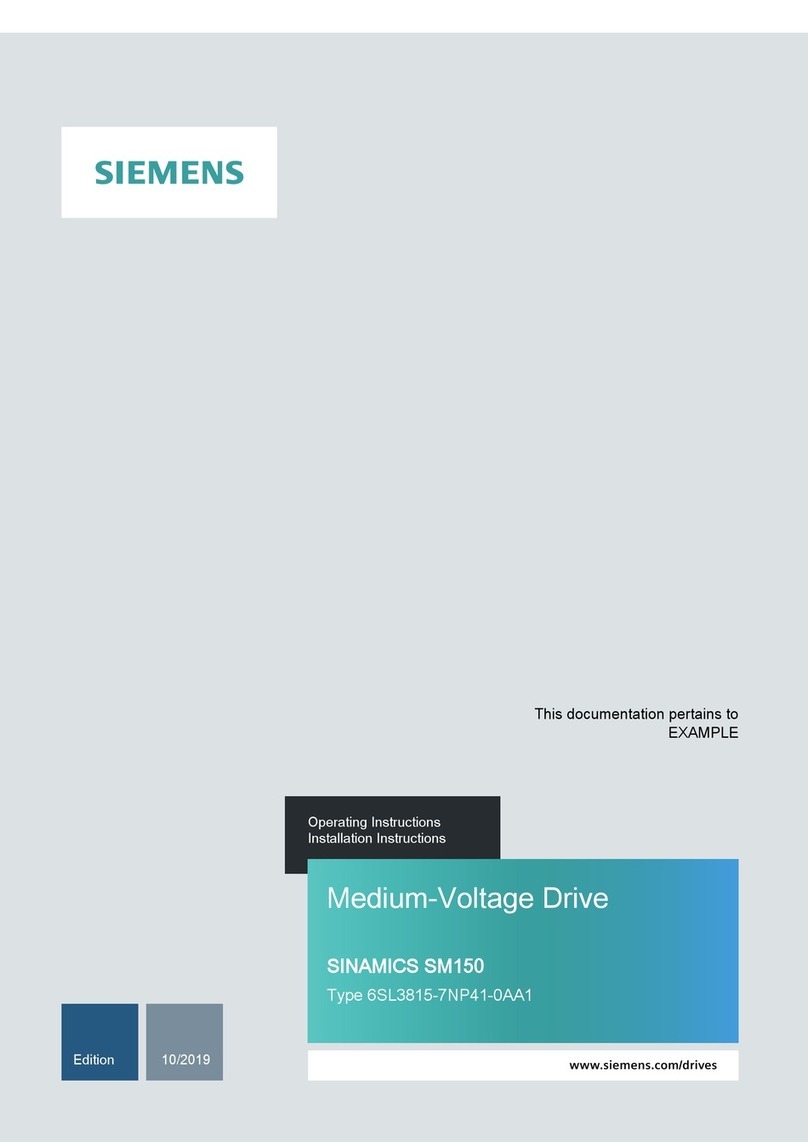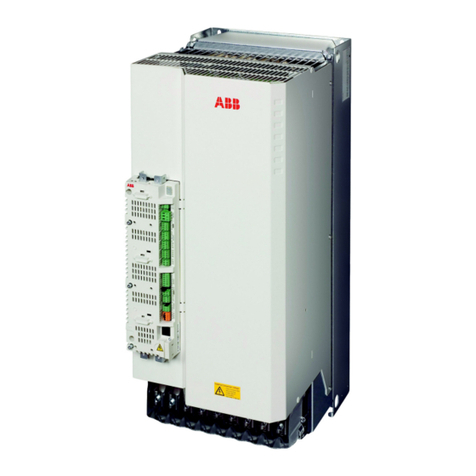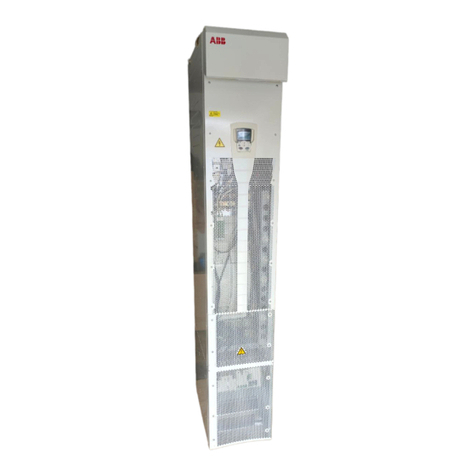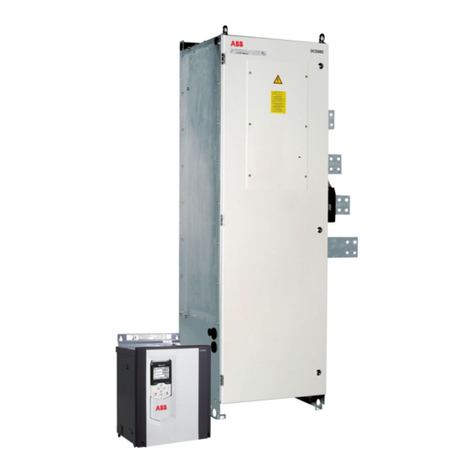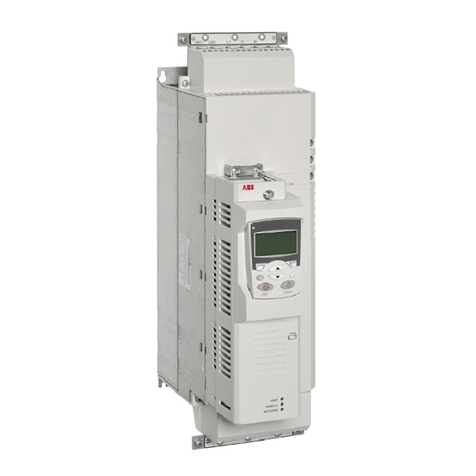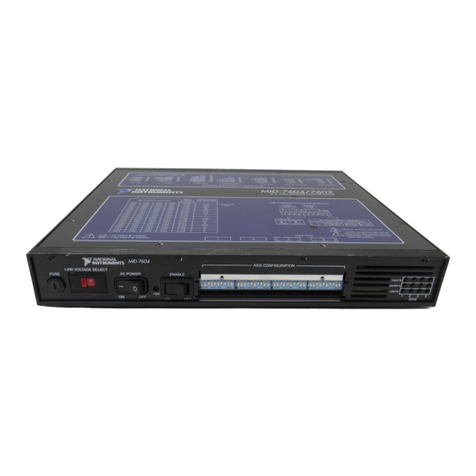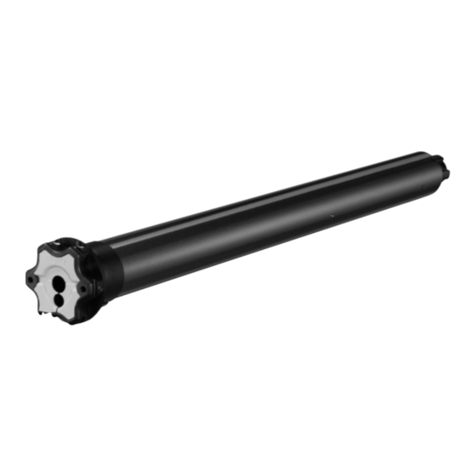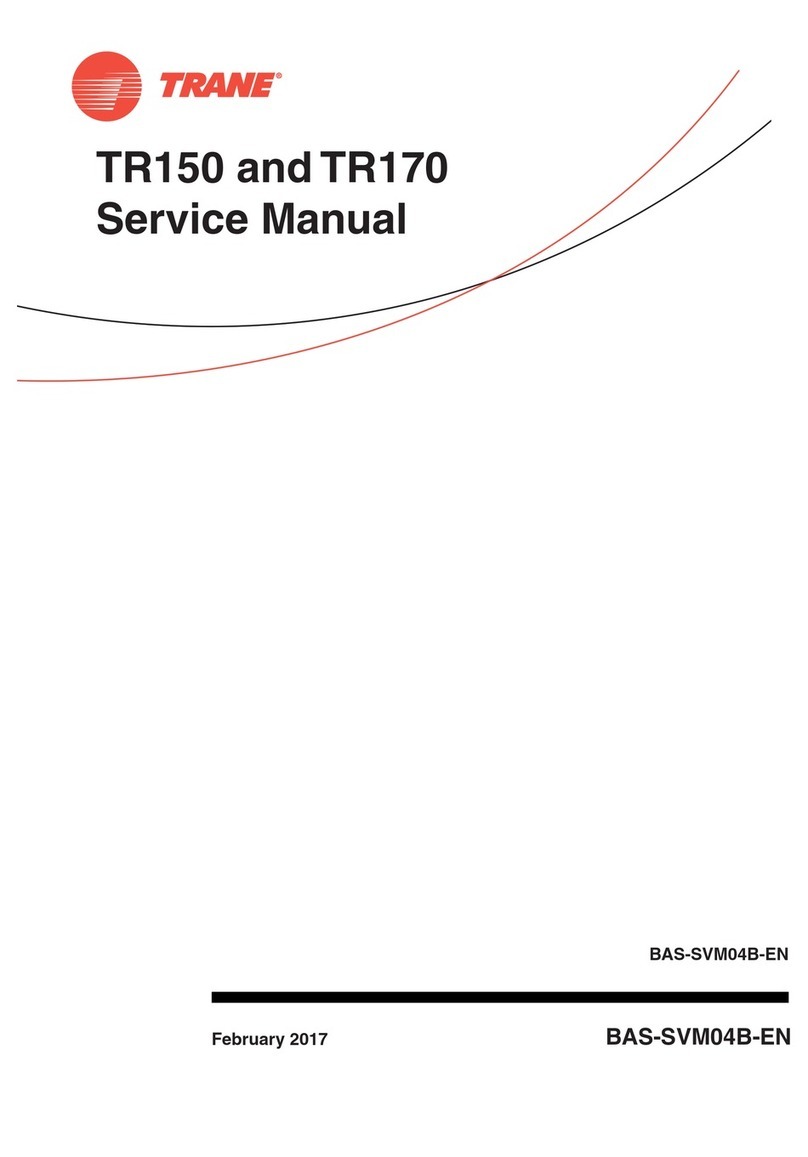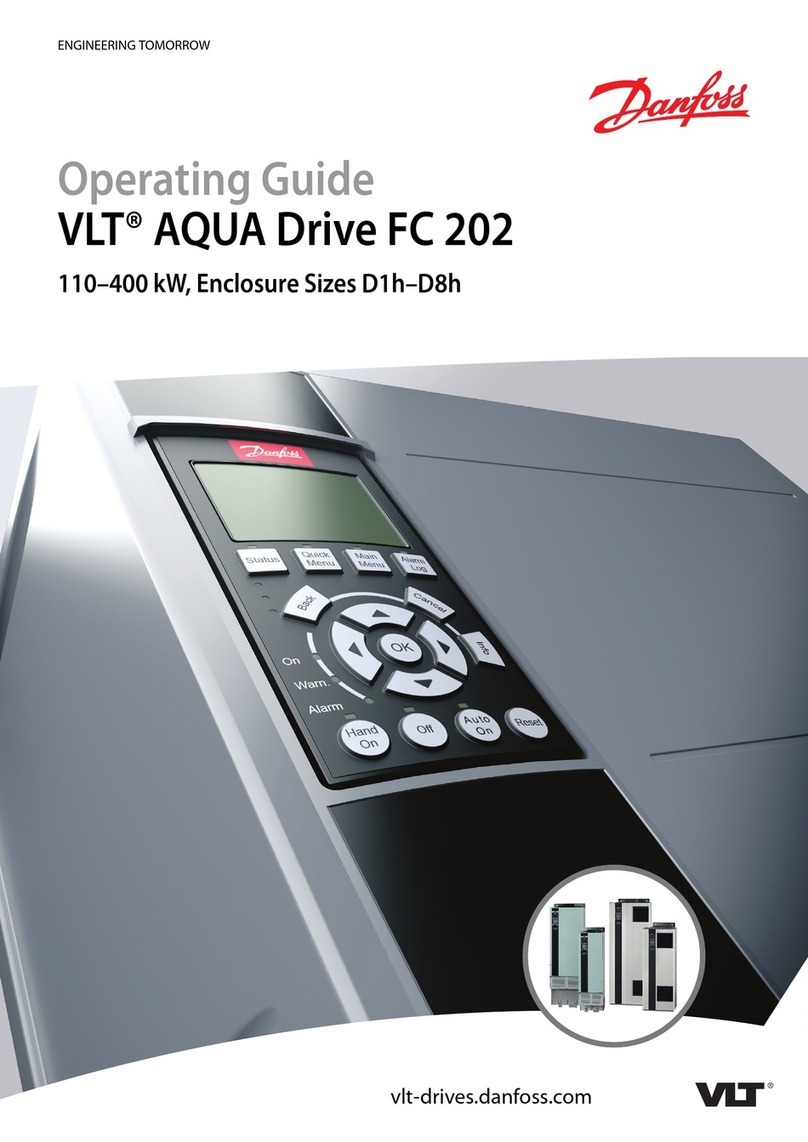
• If you have a permanent magnet motor connected to the drive, disconnect the
motor from the drive with a safety switch or by other means.
• Disconnect all dangerous external voltages from the control circuits.
• After you disconnect power from the drive, always wait 5 minutes to let the
intermediate circuit capacitors discharge before you continue.
3. Protect any other energized parts in the work location against contact.
4. Take special precautions when close to bare conductors.
5. Measure that the installation is de-energized. Use a quality voltage tester. If the
measurement requires removal or disassembly of shrouding or other cabinet structures,
obey the local laws and regulations applicable to live working (including – but not limited
to – electric shock and arc protection).
•Before and after measuring the installation, verify the operation of the voltage tester
on a known voltage source.
• Make sure that the voltage between the drive input power terminals (L1, L2, L3)
and the grounding (PE) busbar is zero.
• Make sure that the voltage between the drive output terminals (T1/U, T2/V, T3/W)
and the grounding (PE) busbar is zero.
Important! Repeat the measurement also with the DC voltage setting of the tester.
Measure between each phase and ground. There is a risk of dangerous DC voltage
charging due to leakage capacitances of the motor circuit. This voltage can remain
charged for a long time after the drive power-off. The measurement discharges the
voltage.
• Make sure that the voltage between the drive DC terminals (UDC+ and UDC-) and
the grounding (PE) terminal is zero. In cabinet-built drives, measure between the
drive DC busbars (+ and -) and the grounding (PE) busbar.
6. Install temporary grounding as required by the local regulations.
7. Ask for a permit to work from the person in control of the electrical installation work.
Additional instructions and notes
WARNING!
Obey these instructions. If you ignore them, injury or death, or damage to the
equipment can occur.
If you are not a qualified electrical professional, do not do installation or
maintenance work.
• Keep the cabinet doors closed when the drive is powered. With the doors open, a risk
of a potentially fatal electric shock, arc flash or high-energy arc blast exists.
• Make sure that the electrical power network, motor/generator, and environmental
conditions agree with the drive data.
• Do not do insulation or voltage withstand tests on the drive.
• If you have a cardiac pacemaker or other electronic medical device, keep away from
the area near motor, drive, and the drive power cabling when the drive is in operation.
There are electromagnetic fields present which can interfere with the function of such
devices. This can cause a health hazard.
8 Safety


